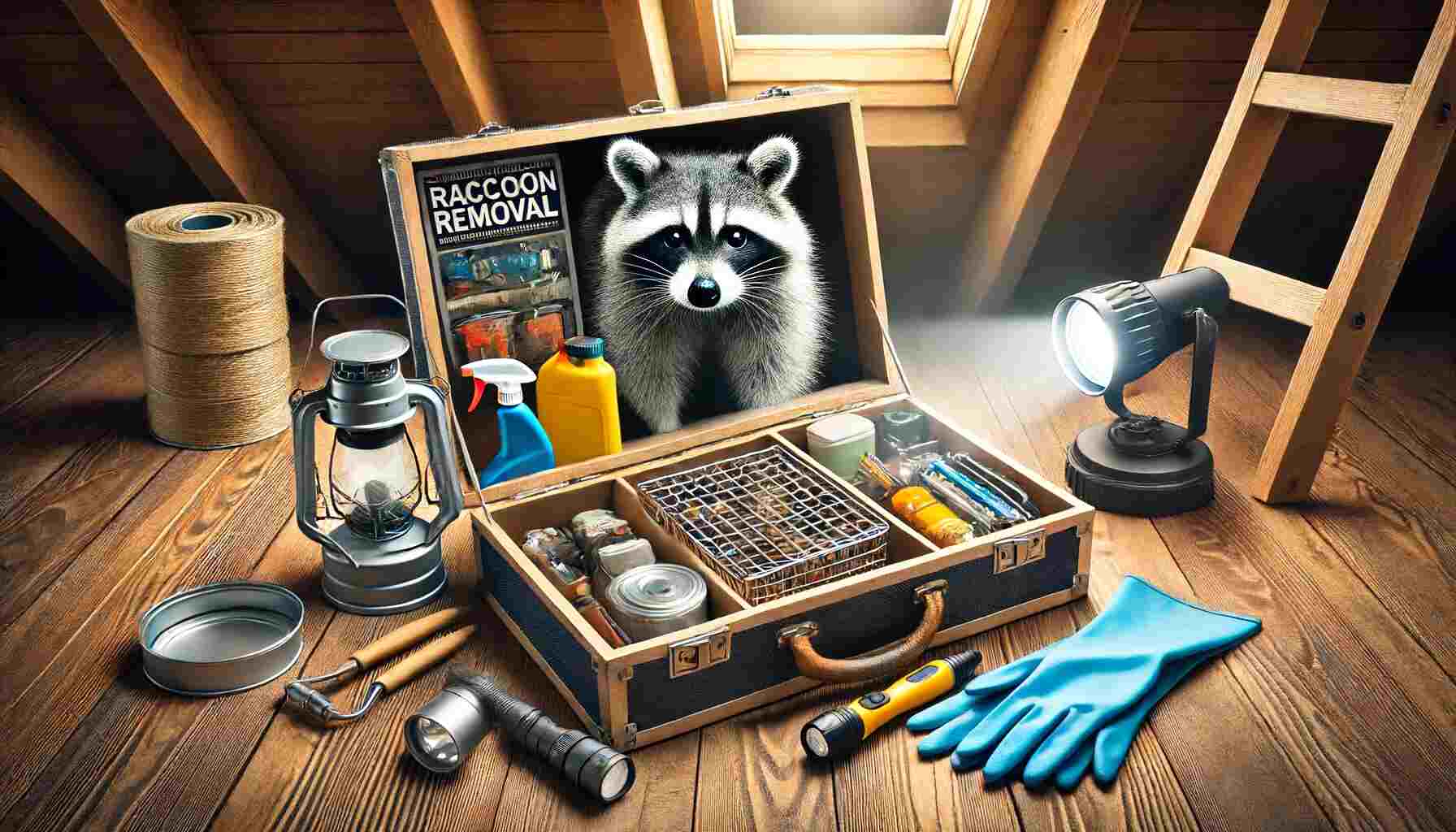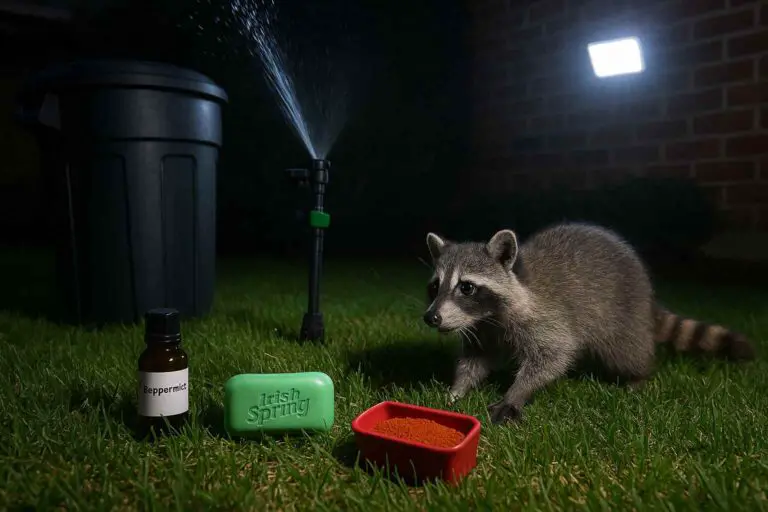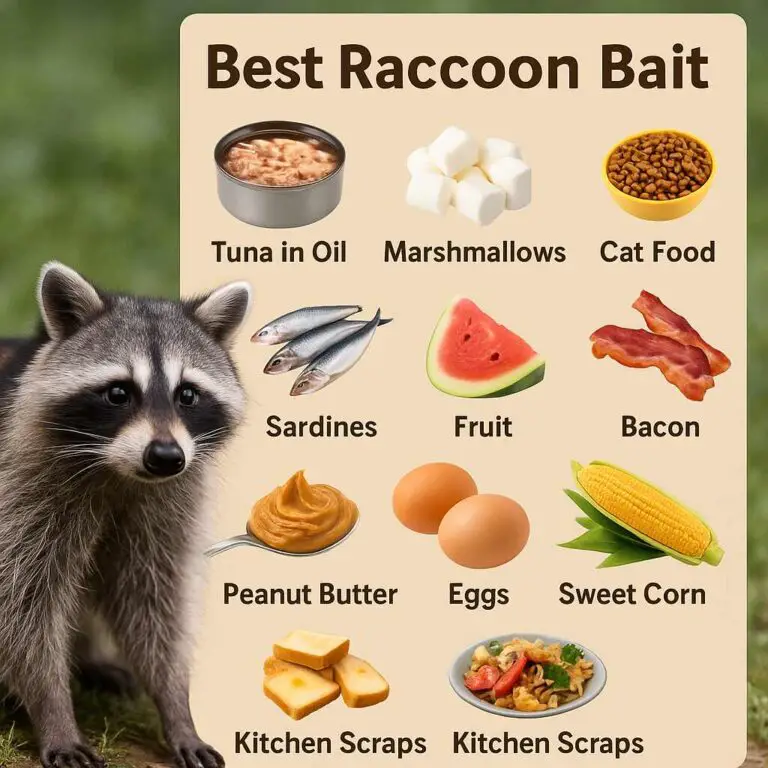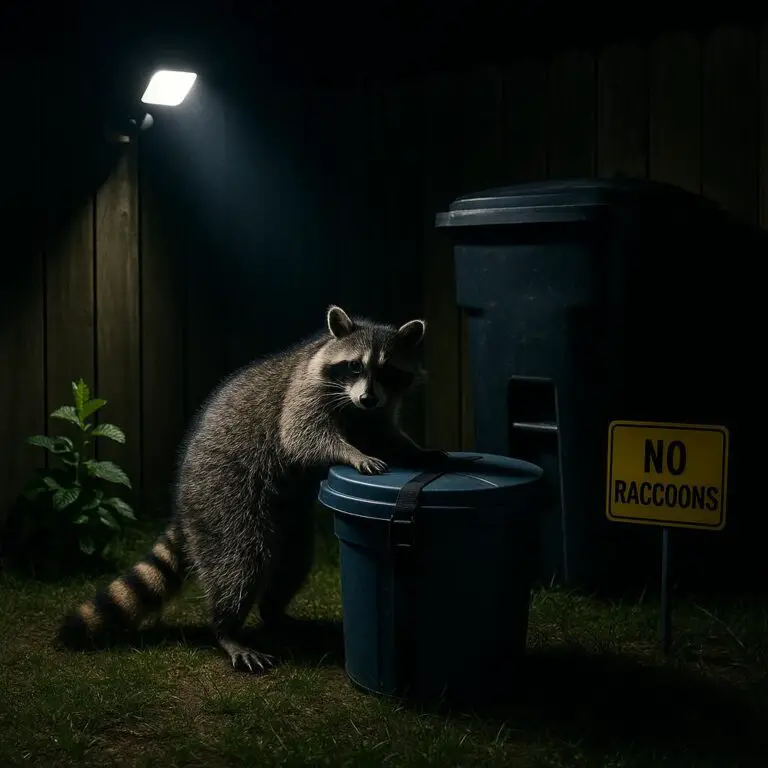Raccoons, while often cute and curious, can become problematic when they invade your home or property. Their presence can lead to property damage, health risks, and general nuisance. This comprehensive guide will walk you through the process of safely and effectively removing raccoons on your own, covering the necessary tools and materials, common mistakes to avoid, and important safety precautions.
Understanding Raccoons and Their Behavior
Why Raccoons Invade Homes
Raccoons typically invade homes in search of food, water, and shelter. They are known for their dexterity and intelligence, which makes them adept at finding ways into homes, attics, and garages. Common signs of raccoon activity include overturned garbage cans, missing pet food, and distinctive paw prints.
Potential Dangers of Raccoon Infestations
Raccoons can pose several risks, including:
- Property Damage: Raccoons can chew through walls, insulation, and wiring, leading to costly repairs.
- Health Risks: They can carry diseases such as rabies and leptospirosis, and their droppings can harbor dangerous parasites like raccoon roundworms.
- Aggression: While generally not aggressive, raccoons can bite or scratch if they feel threatened, especially if they are cornered or protecting their young.
Tools and Materials Needed for Successful Raccoon Removal
Essential Tools
- Live Animal Traps: Use humane traps, such as the Havahart Live Animal Cage Trap, to capture raccoons without harming them.
- Protective Gear: Wear thick gloves, long sleeves, and safety goggles to protect yourself from bites, scratches, and contact with feces.
- Flashlight or Headlamp: Essential for inspecting dark areas like attics or crawl spaces.
- Sealing Materials: Use metal mesh, steel wool, and caulking to seal entry points after removal.
- Bait: Raccoons are attracted to foods like peanut butter, marshmallows, and canned cat food.
Additional Materials
- Cleaning Supplies: Disinfectant, garbage bags, and disposable gloves for cleaning raccoon droppings and nesting materials.
- Repellents: Commercial raccoon repellents can help deter future infestations.
- Motion-Activated Sprinklers or Lights: These can scare raccoons away from your property.
Step-by-Step DIY Raccoon Removal Guide
Step 1: Identify the Problem
Before taking action, confirm that raccoons are indeed the culprits. Look for signs such as:
- Noises at night (raccoons are nocturnal).
- Paw prints and droppings.
- Damage to property, especially near entry points.
Step 2: Inspect and Locate Entry Points
Thoroughly inspect your home to find where raccoons are entering. Common entry points include:
- Attic vents.
- Chimneys.
- Roof edges.
- Crawl spaces.
Step 3: Set Up Live Traps
- Choose the Right Trap Location: Place traps near entry points or along paths raccoons use frequently.
- Bait the Trap: Use foods raccoons find irresistible. Place the bait at the back of the trap to ensure the raccoon triggers the mechanism.
- Monitor the Trap: Check traps frequently to avoid prolonged confinement of the raccoon.
Step 4: Handle and Release the Raccoon
- Wear Protective Gear: Always wear gloves and long sleeves when handling the trap.
- Relocate Safely: Release the raccoon at least 5-10 miles away from your home in a suitable habitat. Ensure you comply with local wildlife regulations.
Step 5: Seal Entry Points
After removal, seal all entry points to prevent re-entry. Use durable materials such as metal mesh and steel wool, as raccoons can chew through weaker substances.
Step 6: Clean and Disinfect
Clean the area thoroughly to remove droppings and nesting materials. Use a disinfectant to kill any remaining pathogens. Always wear gloves and a mask to protect yourself from diseases.
Safety Precautions
Handling Traps and Raccoons
- Use Humane Traps: Ensure the traps you use are designed to capture without harming the raccoon.
- Avoid Direct Contact: Never handle raccoons directly. Use the trap and release mechanism to avoid bites and scratches.
- Check Local Laws: Some areas have specific regulations regarding the trapping and relocation of wildlife.
Health and Hygiene
- Wear Protective Gear: Always wear gloves, long sleeves, and a mask when dealing with raccoons or their droppings.
- Disinfect Thoroughly: Clean all areas where raccoons have been to prevent disease spread.
- Vaccinations: Ensure your pets are vaccinated against rabies.
Common Mistakes to Avoid
Mistake 1: Not Identifying All Entry Points
Failing to locate all entry points can lead to recurring infestations. Thoroughly inspect your home and seal all potential access points.
Mistake 2: Improper Trap Placement
Placing traps in the wrong locations can result in ineffective trapping. Identify raccoon pathways and entry points for optimal trap placement.
Mistake 3: Using the Wrong Bait
Using the wrong bait can result in raccoons avoiding your traps. Stick to foods they are known to love, such as marshmallows and peanut butter.
Mistake 4: Not Checking Traps Regularly
Leaving raccoons in traps for extended periods is inhumane and can cause unnecessary stress to the animals. Check traps frequently and release captured raccoons promptly.
Mistake 5: Neglecting Post-Removal Cleanup
Failing to clean and disinfect areas where raccoons have been can pose health risks. Always clean thoroughly to remove pathogens and odors that may attract other wildlife.
Helpful Statistics and Studies
Raccoon Population and Behavior
- Population Growth: According to the Wildlife Society, raccoon populations in urban areas have increased significantly due to abundant food sources and a lack of natural predators.
- Disease Transmission: A study published in the Journal of Wildlife Diseases found that up to 60% of raccoons in urban areas carry raccoon roundworms, highlighting the importance of proper hygiene and disinfection.
Effectiveness of DIY Removal
- Success Rates: A survey by the Humane Society revealed that homeowners using humane traps and proper exclusion techniques successfully removed raccoons 85% of the time.
- Health Benefits: Proper removal and cleaning reduce the risk of disease transmission by 90%, according to the Centers for Disease Control and Prevention (CDC).
Recommended Products
Traps
- Havahart Live Animal Cage Trap: Highly rated for humane raccoon capture.
Protective Gear
- Wells Lamont Leather Work Gloves: Durable gloves for handling traps and cleaning.
- 3M Safety Goggles: Essential for eye protection during inspections and cleaning.
Bait
- Skippy Creamy Peanut Butter: An effective bait for raccoon traps.
Cleaning Supplies
- Lysol Disinfectant Spray: Ideal for disinfecting areas where raccoons have been.
Repellents
- Critter Ridder Animal Repellent: Helps deter raccoons from returning to your property.
Conclusion
DIY raccoon removal can be a safe and effective way to address infestations, provided you follow the right steps and take necessary precautions. By using the proper tools, sealing entry points, and avoiding common mistakes, you can protect your home from these clever intruders. Always remember to handle raccoons humanely and comply with local wildlife regulations. With this guide, you’re well-equipped to tackle raccoon issues and maintain a raccoon-free home.








